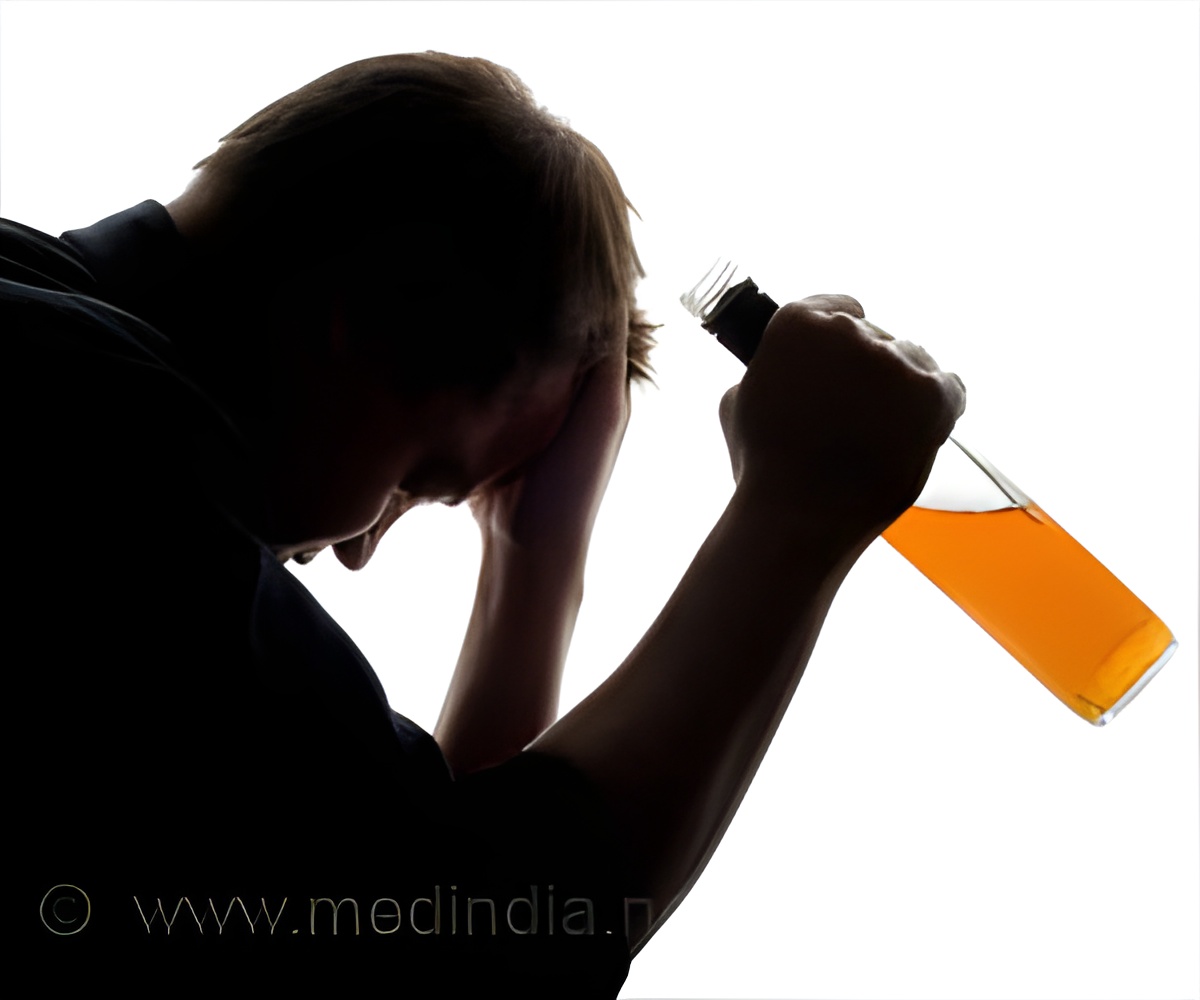A new study has identified at-risk populations for whom depression screening combined with hazardous alcohol use screening could detect depressive symptoms that might otherwise go untreated.

‘A new study has identified at-risk populations for whom depression screening combined with hazardous alcohol use screening could detect depressive symptoms that might otherwise go untreated. ’





These populations include non-White and more medically ill patients, and men in general, for whom screening rates are particularly low. "Our study provides evidence that, with a simple questionnaire, primary care doctors have a big opportunity to better spot depressive symptoms in at-risk patients and help improve their lives through treatment," said Matthew Hirschtritt, MD, MPH, a forensic psychiatry fellow at UC San Francisco and first author of the new study.
Hirschtritt conducted the study in collaboration with the paper's senior author Stacy Sterling, DrPH, of the Division of Research of Kaiser Permanente Northern California (KPNC). Their findings were published September 10, 2018, in the Journal of the American Board of Family Medicine.
Depression Is Common, Screening Is not
The negative health effects of excessive alcohol consumption are now well-recognized, and screening for hazardous drinking is becoming more standard in primary care, but it wasn't always. KPNC boosted the practice within its own healthcare system through the "Alcohol as a Vital Sign" initiative, which provided data for the current study. Their slogan is "We ask everyone," meaning every adult primary care patient can expect to be screened about alcohol use.
Advertisement
But given the prevalence of depressive symptoms in the U.S., the authors argue that forgoing screening means missing an opportunity to help patients.
Advertisement
Surprising Discrepancies in Screening
The study utilized data from more than 2,800,000 KPNC primary care patients who had been screened for hazardous alcohol use. Per national guidelines, patients were asked how many days they typically drank per week, and how many drinks they consumed on those days. Hazardous use was defined as more than 14 drinks a week for men 65 and younger, and more than 7 drinks a week for women and men 66 and over.
In addition to participants' drinking habits, the researchers analyzed electronic health records to determine whether they were screened for depression with the recommended health questionnaire. They found that among patients screened for hazardous alcohol use, 2.4 percent were also screened for depression within the next 30 days, which is consistent with estimates from national surveys. The depression screening rate was lower for non-Whites, men, and those who were more medically ill.
"The finding that I found most concerning is that individuals who self-identified as White were more likely to receive screening than were historically marginalized ethnic groups," said Hirschtritt. Though the study potentially underestimates absolute rates of depression screening, because doctors could screen patients for depression using methods other than the recommended questionnaire, but the observed discrepancy in screening rates was still a red flag, Hirschtritt said.
Although non-White patients, including Black, Hispanic, Asian, and those categorized as "other/unknown" were less likely to be screened for depression than White patients, these patients were more likely to report clinically significant depressive symptoms. Similarly, although less medically sick patients were less likely to be screened than healthier patients, they were more likely to report clinically significant depressive symptoms.
Discrepancies in screening and rates of depressive symptoms by ethnicity and medical illness are concerning, the authors said, given that some groups are more vulnerable to depression than others.
"It's unclear why non-White individuals weren't screened at a higher rate," Hirschtritt said. "These patients may face multiple stressors that put them at a higher risk for depression, in addition to hazardous alcohol use."
Boosting the Numbers
When surveyed, approximately 8.1 percent of U.S. adults have exhibited significant depressive symptoms in the past two weeks, while 21.6 percent have had some depressive symptoms at some point. Primary care settings are an "untapped resource" to treat this prevalent condition, Hirschtritt said.
He said that innovative healthcare models, such as integrative and collaborative care, are being adopted and serve to empower primary care practitioners to address mental health in the clinic. Physicians can also seek consults from psychiatrists, with mental health professionals as their in-house liaisons.
The Alcohol as a Vital Sign initiative equipped practitioners with clear protocols for screening, training for brief intervention and handy tools built into the electronic health records -- and both Hirschtritt and Sterling suggested these strategies could applied to depression screening as well.
"The Alcohol as a Vital Sign initiative has resulted in extremely high screening and brief intervention rates," said Sterling. "It could make a difference if we established a similar protocol for depression."
Source-Eurekalert















